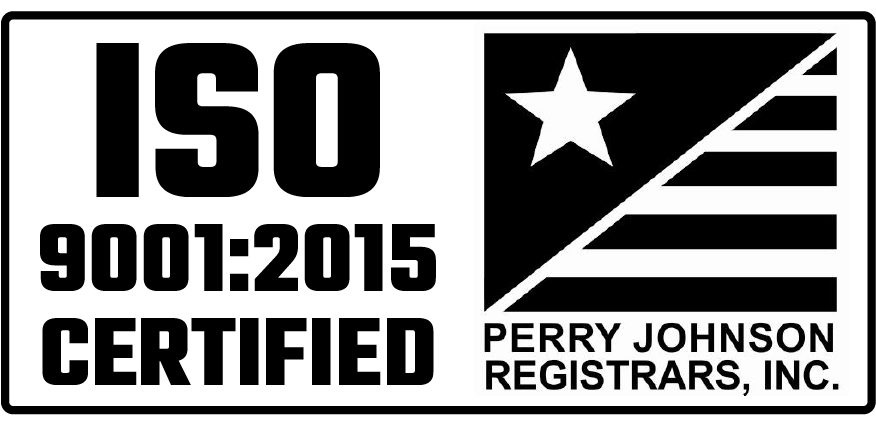When it comes to manufacturing, the term “outsourcing” can make people squeamish because it’s typically linked with companies moving operations (and jobs) out of the country. The truth is, many organizations outsource domestically – it just doesn’t make the news.
It can be as simple as hiring the local cleaning service to keep an office spic and span, or as involved as an original equipment manufacturer (OEM) contracting out assembly work to a partner that specializes in assemblies. In these instances, outsourcing a service is synonymous with delegating work to someone with the capacity and expertise to do a better job than you could.
Core Competencies
Organizations and individuals specialize in certain core competencies. However, in day-to-day operations, it’s not uncommon for companies and/or individuals to carry out tasks that fall outside of their areas of expertise. As a result, focus is lost on core competencies, and it’s difficult to maintain a standard of excellence, let alone grow.
Eventually the organization or individual needs to reach out for some sort of help, whether it’s just asking for advice or delegating the task to someone who you know excels at it. That’s where outsourcing comes into the picture.
Outsourcing
When you outsource a task or project to a specialist, you get the benefit of using their time, skills, processes and particular expertise. Outsourcing can help a company continue production at normal rates during a labor shortage; it can assure quality for customers, and it can simplify the process overall by delegating the work to an expert that is better equipped to handle it.
For OEMs, delegating work to an outsourcing partner means they can reallocate labor and space that would have been dedicated to building subassemblies, thereby increasing throughput of the finished good. It also means the manufacturer can spend more time focusing on core product and sales competencies to keep their business on a successful path.
Expectations
There is a certain amount of initial setup work that comes with outsourcing projects. Someone within your company needs to coordinate the transfer of information and build a relationship with your outsourcing partner, ideally one with a history of excellent quality and customer service. However, once the goals and needs are laid out, your partner should be able to get the job done and only reach out to you if further questions arise.
Also, be sure to understand what your costs are – or what they would be – if you keep the project in-house. Without that data, you might not be able to accurately evaluate the cost of outsourcing when project quotes come in or determine if it may be more economical to keep a project in-house.
There’s generally a lot of pride in having the ability to do every aspect of all projects without any help, but it’s nearly impossible to achieve and still succeed in your core competencies. In addition to costs associated with an in-house project itself, consider how much it’s costing your company to spend time, money and resources working on something that could be delegated to someone else to do just as well – or better. It’s then that the value of outsourcing becomes apparent.
If you’re considering outsourcing a project or subassembly, make sure you turn to the right partner. Use our Prospective Supplier Evaluation Checklist to objectively determine the best supply chain partner for your company. Click the button below to download it now!





